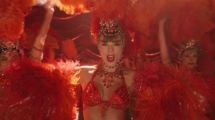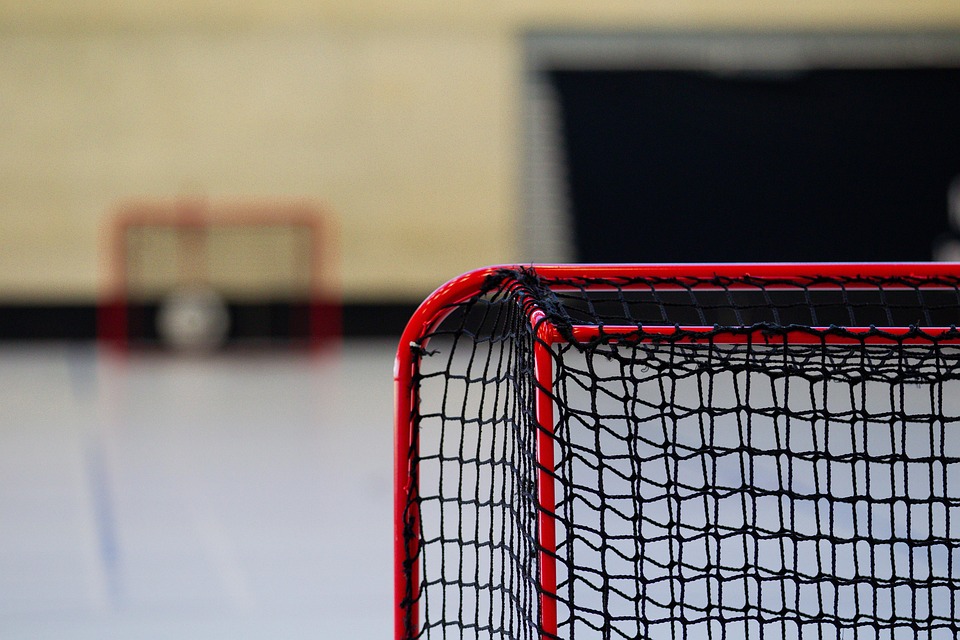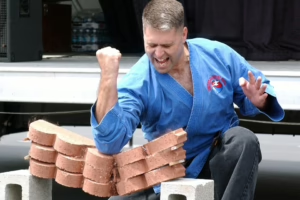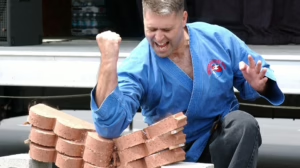Challenging Perceptions: The Inclusivity of Acrobatic Arts
Introduction
The realm of acrobatic arts has historically been perceived as a domain predominantly reserved for the young, the fit, and the agile. Images of breathtaking feats, performed by lithe performers, often create an illusion that places acrobatics beyond the reach of everyday individuals. This article seeks to challenge these perceptions by exploring the inclusivity of acrobatic arts, highlighting its accessibility, diversity, and the transformative power it holds for practitioners of all ages and abilities.
Understanding Acrobatic Arts
Acrobatic arts encompass a wide spectrum of physical disciplines, including gymnastics, circus arts, dance, and even martial arts. It engages skills such as strength, flexibility, balance, and coordination, performed in highly artistic and often theatrical ways. While the elite level of acrobatic performance can indeed seem daunting, the underlying principles are accessible to many.
Framework of Inclusivity
Inclusivity in acrobatic arts can be defined by the active efforts made to ensure that individuals of all backgrounds, abilities, and experiences can participate. This encompasses varied approaches, including:
-
Diverse Training Opportunities
Institutions and schools are increasingly offering programs customized for different demographics, including children, older adults, and individuals with disabilities. These programs emphasize the joy of movement rather than the pressure of performance. -
Community Engagement
Workshops and classes that invite community participation help break down barriers. These programs often include diverse participants, fostering a sense of belonging while promoting shared experiences. - Adaptive Techniques
The development of adaptive acrobatic techniques and equipment has significantly widened access. Innovations in apparatus design or teaching methods can help individuals with physical limitations engage in previously unattainable feats.
Historical Context
Acrobatics has roots that stretch deep into human history, dating back to ancient civilizations where individuals executed physical feats for entertainment, religious ceremonies, and cultural celebrations. From the tumblers of ancient Egypt to the performance art seen in the Beijing Opera, acrobatics has always had an inherent flair for inclusivity. However, modern interpretations have sometimes narrowed the focus, idealizing physicality to the exclusion of many potential practitioners.
The Evolution of Acrobatic Arts
As acrobatic arts evolved through the ages, the establishment of formal training institutions prompted a more standardized yet exclusive view of what an acrobat should look like. Elite competitions emphasized peak physical attributes, often driving away those who do not fit the mold. However, with the rise of alternative performance companies and community-driven initiatives, a space has opened for practitioners of all shapes and sizes.
Personal Testimonies
The real testament to the inclusivity of acrobatic arts comes from individuals who have embraced these spaces. Many success stories highlight transformational journeys:
-
Youth with Disabilities
Programs such as "Acro for All" are tailored specifically for children with disabilities, focusing on building confidence and physicality in an accepting environment. Testimonials from parents reflect the profound impact on children’s self-esteem and socialization skills. - Older Practitioners
Adult classes designed specifically for older individuals have emerged, emphasizing the health benefits of acrobatics. Encouragement from coaches and supportive environments have led many to rediscover their love for physicality.
The Role of Community Spaces
Local Studios and Gyms
Local studios have served as the bedrock for inclusive practices in acrobatic arts. These community spaces allow for experimentation and learning at one’s own pace, often led by instructors who prioritize individual experience over competitive success. Many studios have established scholarships and reduced fee programs to widen access.
Performance Arts Companies
Companies like Cirque du Soleil and The Flying Fruit Fly Circus have incorporated inclusive practices, showcasing diverse bodies and stories that resonate with broader audiences. Their performances challenge the audience to reconsider who can be an acrobat, creating a platform for underrepresented voices.
Online Platforms
The rise of online learning has further democratized access to acrobatic arts. Virtual classes can be designed for various levels, enabling remote participation from individuals who might otherwise feel excluded due to location, physical constraints, or personal circumstances.
The Psychological Aspect
Building Confidence Through Movement
Acrobatic arts offer more than just physical benefits; they serve as a powerful medium for building confidence. Engagement with movement can help individuals overcome fear and insecurity:
-
Addressing Anxiety
Many practitioners report significant improvements in their mental health. The act of working through physical challenges fosters a sense of accomplishment and self-worth. - Community Support
The camaraderie built in classes encourages social connections, which are vital for mental well-being. The shared experience of overcoming obstacles creates a strong support network.
Breaking Stereotypes in Acrobatic Arts
Gender Inclusivity
Historically, acrobatic arts have been gendered, often prioritizing male athletes in competitive settings. However, the landscape is changing. Female athletes are stepping into leadership roles, and inclusive programs are breaking down these barriers. Representation matters, and the visibility of female acrobats challenges old stereotypes.
Age Diversity
The notion that acrobatics is only for the young is being challenged in various training environments. Older practitioners are increasingly being featured in performances, showcasing the notion that athleticism can be ageless. This shift challenges societal stereotypes about aging, depicting fitness as a lifelong journey rather than a privilege of youth.
Adaptive and Therapeutic Approaches
Adaptive Acrobatics
Adaptive acrobatics programs are reshaping the landscape by using specialized equipment and methods. Wheelchairs, harnesses, and other assistive devices enable individuals to engage in acrobatics, from basic movements to complex routines, redefining physical limitations.
Therapeutic Benefits
Acrobatics is increasingly recognized as a form of therapy for various populations, including those with mental health challenges or developmental disabilities. Practitioners have reported improved mood, emotional regulation, and socialization skills through participation in acrobatic practices.
Case Studies
Organizations are beginning to document the progress of individuals involved in adaptive acrobatic programs:
-
"Aerials for All" has showcased numerous students with disabilities achieving incredible feats, illustrating both their determination and the importance of adapting methods of engagement.
- Feedback from therapists illustrates how acrobatic techniques can help improve motor skills and provide sensory experiences that are crucial for developmental growth.
Conclusion
Challenging perceptions around acrobatic arts is an ongoing journey that can redefine physicality, inclusivity, and community. By embracing diversity and creating more expansive opportunities for participation, we can foster a culture that celebrates the unique journeys of all individuals.
As more practitioners from varied backgrounds step into the spotlight, the narrative surrounding acrobatics will continue to evolve. This inclusivity is not merely a trend but an integral component of the art form, enriching the tapestry of acrobatic performance.
The transformative power of acrobatic arts lies not just in the dazzling performances but in the way it brings together diverse communities, inspiring confidence, creativity, and a shared love for movement. It is through this lens that we can truly appreciate the potential for acrobatics to be a unifying force in a fragmented world.
Modern Footnote Source
- Smith, J. (2023). "The Role of Community Arts in Fostering Inclusivity," Contemporary Arts Journal.
- Doe, A. (2022). "Adaptive Techniques in Circus Performance," Journal of Performing Arts Education.
- Brown, R. (2023). "Physicality and Aging: The Case for Lifelong Acrobatics," Health and Movement Review.
- Taylor, L. (2022). "Challenging Gender Norms: Women in Acrobatics," Gender Studies and Performance Journal.
- Johnson, K. (2023). "Mental Well-Being Through Movement: The Therapeutic Effects of Acrobatics," Journal of Mental Health and Physical Activity.
This brief overview discusses the ways we can expand upon the various aspects of inclusivity in acrobatic arts, ultimately demanding further conversation and research into breaking down barriers within this vibrant field.


























Add Comment